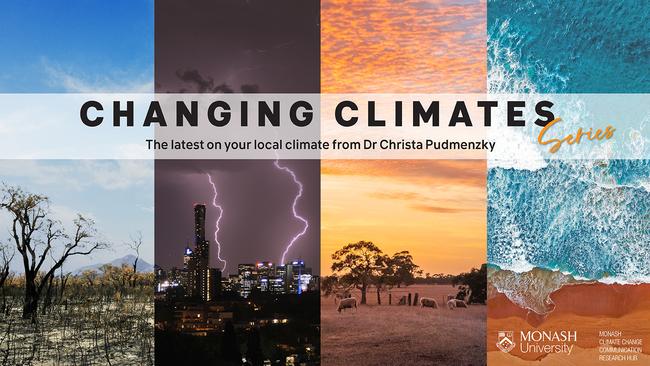Overflowing landfills: Understanding the issues and embracing the solutions for a cleaner Australia
Dr Christa Pudmenzky looks at local residential waste and how Australia is performing when it comes to managing landfills. Plus, read on for your chance to win a $500 eftpos gift card.

Hyperlocal
Don't miss out on the headlines from Hyperlocal. Followed categories will be added to My News.
Want a chance to win a $500 EFTPOS gift card? Simply read this article and complete our short survey linked below!
Landfill sites evoke images of towering mountains of rotting waste, standing as evidence of the human impact on our planet.
The good news is residential waste - which typically makes up about 16 per cent of total waste produced in Australia – is on the decline.
For example, in Ipswich, residential waste has decreased by 42 per cent since 2000.

Australia's waste as a whole, however, continues to rise due to population growth and increased manufacturing.
In fact, the latest report by the Australian Bureau of Statistics showed Australia's total waste increased by 10 per cent between 2016-2018.
Almost one-third of this waste ends up in landfills.
Landfill: problems and solutions
Landfills bring a plethora of problems that severely impact our environment.
When discarded electronics and plastics break down, these sites produce a large amount of toxins, which can pollute our groundwater and cause foul smelling odours.
When organic waste such as food, cardboard and paper are added, landfills emit a significant amount of methane – a greenhouse gas 25 times more potent than carbon dioxide.
The impacts are long lasting, as even after closure, landfills can continue to pollute and produce greenhouse gases for more than 50 years.
These gases trap excess heat in our atmosphere, leading to a rapidly warming climate.
So, what is Australia doing to tackle waste?
In 2018, Australia set a goal to recover 80 per cent of the waste we produce and divert it from landfills by 2030.
This involves a shift towards a more self-sustaining system known as a 'circular economy' model.
This model repurposes waste instead of discarding it, keeping materials in use for as long as possible by recovering them from one industry, and reusing them in another.
The circular economy model has been used effectively in countries like Sweden and the Netherlands, who have almost eliminated the need for landfills altogether.
Circular economy principles can also be applied on a local scale to further reduce our own contributions and allow us to live more sustainably.
There are several ways we can reduce waste in our own lives, such as purchasing recycled products, and repairing or reusing items instead of throwing them away.
In addition, we can compost organic waste for our gardens and make sure we recycle waste properly by following local guidelines.
Reducing the rubbish we generate will go a long way in reducing emissions, limiting human-induced climate change, lowering pollution and creating a cleaner world.
Hear from your community:

Have you read this article? Click here to enter the draw for a $500 EFTPOS gift card! One gift card winner will be drawn for every 100 entries. Read the terms and conditions here.
Want more information on how your climate is changing? Check out the last article in this series.
Dr Christa Pudmenzky is a climate scientist at the University of Southern Queensland.
This column is part of a collaboration between Monash University and News Corp to deliver hyperlocal weather and climate information.


